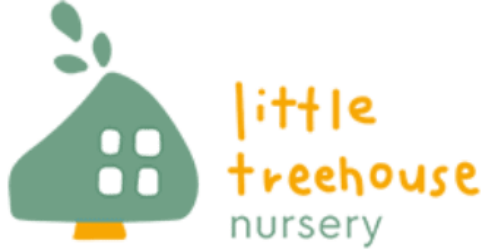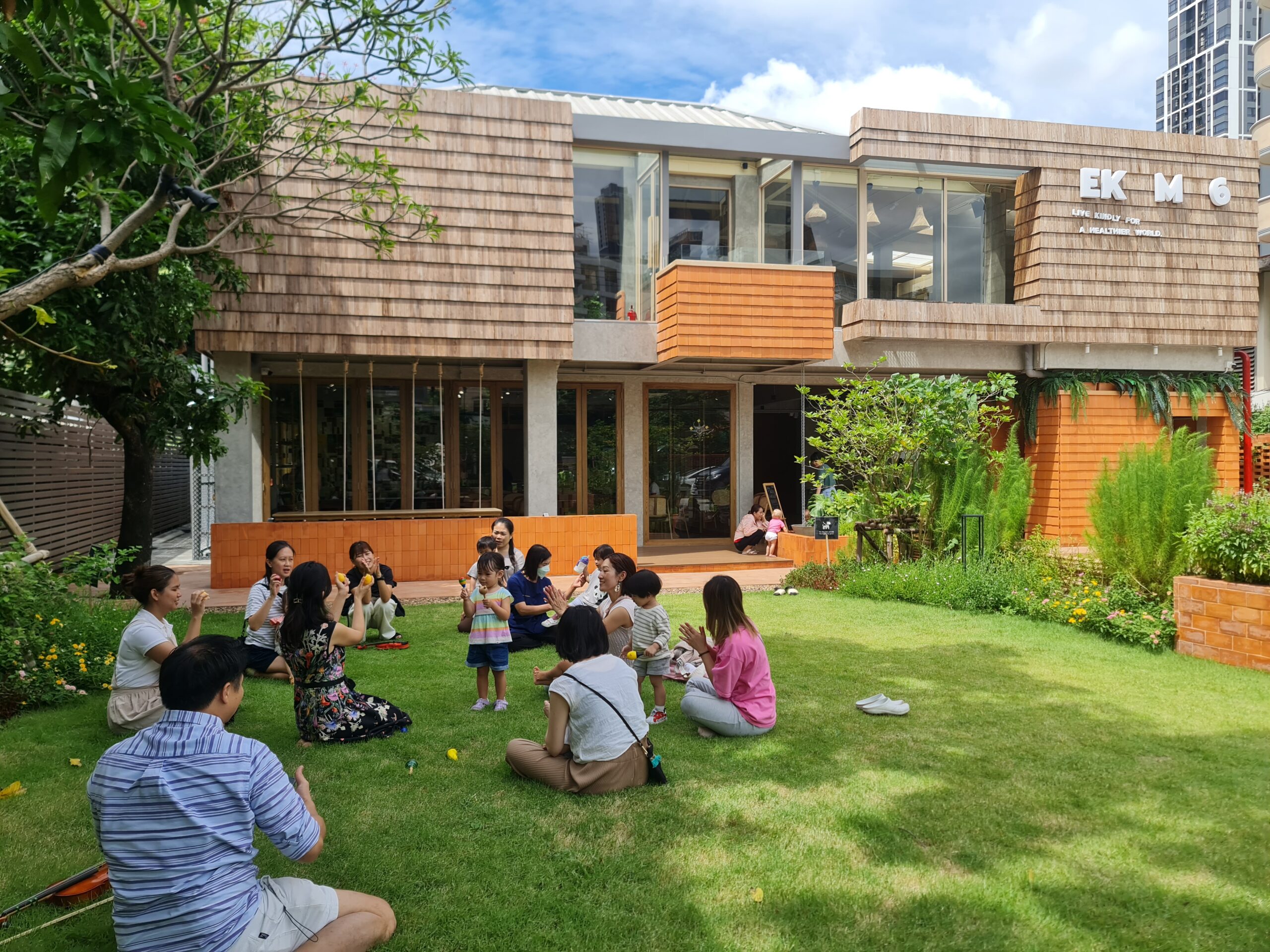Choosing the right kindergarten for your child is one of the most important decisions you’ll make as a parent. It’s a place where they’ll begin to develop essential skills and lay the groundwork for their future learning. With so many excellent options for international schools and preschools in Thong Lor, the process can seem overwhelming. How do you choose the right fit for your little one? Here are five crucial factors to consider when selecting a kindergarten in Bangkok, particularly in the vibrant Thong Lor neighborhood.
1. Curriculum & Learning Approach
One of the first things to consider when choosing a kindergarten is the curriculum and the learning approach the school offers. Early childhood education is about more than just learning numbers and letters; it’s about fostering a love for learning in a fun, engaging way.
Look for a kindergarten that offers a well-balanced curriculum, blending academic content with play-based learning. Play is a crucial aspect of early childhood development, helping children learn social skills, emotional regulation, problem-solving, and creativity. Whether the school follows an internationally recognized approach such as Montessori, Reggio Emilia, or a more traditional academic method, it’s essential that the curriculum supports both cognitive development and creativity. A well-rounded curriculum encourages curiosity and prepares children for future academic success.
2. Qualified Teachers & Staff
The quality of teaching staff is another crucial factor to consider. In the early years, children thrive under the care of experienced, qualified, and nurturing teachers. A good kindergarten should have educators who are not only knowledgeable but also passionate about early childhood education.
Teachers should be well-trained in child development and should demonstrate an ability to create a supportive and positive classroom environment. Look for schools that invest in ongoing teacher training and professional development. The teachers should also have a deep understanding of how to foster each child’s individual strengths while addressing their unique needs, ensuring that every child feels valued and understood.
3. Safe and Engaging Environment
Safety is always a top priority when choosing any educational institution for your child. A safe environment not only refers to physical safety, such as secure entrances and proper supervision, but also to a positive, nurturing atmosphere where children feel emotionally secure.
In addition to safety, the environment should be stimulating and conducive to learning. The classroom should be filled with age-appropriate materials, such as educational toys, books, and art supplies, that encourage exploration and creativity. Look for schools that have a well-designed space, with separate areas for different activities like reading, art, and play, to ensure that your child’s environment is both safe and engaging. An environment that encourages hands-on learning will allow your child to thrive and grow with confidence.
4. Class Size & Student-Teacher Ratio
The size of the classes and the student-teacher ratio are crucial elements in determining the quality of your child’s learning experience. Smaller class sizes typically allow for more individualized attention, which is especially important for young children. In a smaller class, teachers can more easily address each child’s needs and provide a personalized learning experience.
Look for a kindergarten that maintains a low student-to-teacher ratio, ensuring that your child receives the attention they deserve. A smaller class also allows for more interaction and communication between the teacher and students, promoting stronger relationships and better social development.
5. Parent Involvement & Communication
A strong partnership between parents and the school is essential for a child’s success in kindergarten. Choose a school that encourages parent involvement and values open communication. This can be in the form of regular parent-teacher meetings, events, workshops, or volunteering opportunities.
A great kindergarten will keep you informed about your child’s progress and development through regular updates. Whether through daily reports, weekly newsletters, or parent-teacher conferences, staying connected with the school will ensure that you’re always aware of your child’s learning journey. Look for a school that makes it easy for you to communicate with teachers and staff, whether in person, by phone, or through digital platforms.
Conclusion
Choosing the right kindergarten in Thong Lor is more than just finding a place for your child to learn—it’s about finding an environment that aligns with your values and supports your child’s development. From the curriculum and teaching staff to the learning environment and parent involvement, every aspect of the school should contribute to fostering a love of learning and supporting your child’s growth.
By considering these five key factors—curriculum, qualified teachers, a safe environment, class size, and parent involvement—you can make an informed decision and set your child on the path to a successful and fulfilling educational journey.
Choose a kindergarten that offers the best balance of academic rigor and emotional support, one that will provide your child with the tools they need to thrive both in school and in life.
FAQs
Look for a kindergarten that offers a balanced curriculum, experienced teachers, a safe environment, small class sizes, and strong parent communication. It should align with your values and support your child’s holistic development.
The 4 C’s are Critical Thinking, Communication, Collaboration, and Creativity—key skills that help young learners grow academically and socially.
A play-based, child-centered approach that blends structured learning with hands-on exploration is often the most effective for early childhood education.
A good kindergarten has caring, qualified teachers, a safe and engaging environment, an age-appropriate curriculum, and open communication with parents.
Visit schools, observe classrooms, talk to teachers, and choose one that feels warm, supportive, and aligned with your child’s needs and learning style.
Fostering a love for learning while helping children develop foundational social, emotional, and cognitive skills is the most crucial aspect of kindergarten.
Kindergarten readiness includes basic language and motor skills, emotional self-regulation, curiosity, and the ability to interact with peers and follow instructions.
A strong passion for early childhood education, empathy, patience, creativity, and a solid understanding of child development make me an ideal candidate for a kindergarten teacher.




Leave a reply